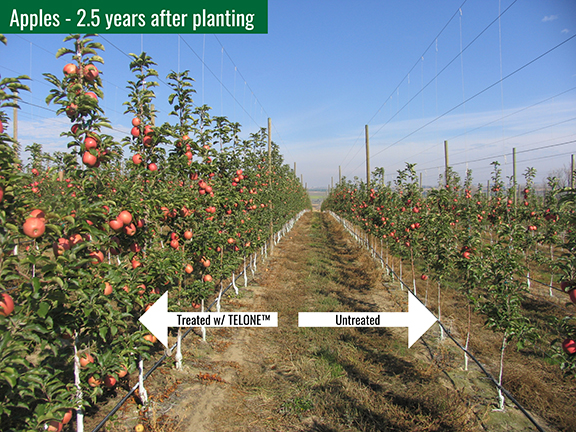The Recovering Foodservice Sector: What to Expect
Every vegetable grower who supplies the foodservice sector is trying to figure out how much it will recover in the next year. Rabobank thinks it has an answer: down only 12% to 14% from the pre-pandemic norm.
“Our estimate is for the total foodservice industry, which includes restaurants, cafeterias, bars, catering, café, food trucks, etc.,” says Rabobank’s Amit Sharma, Senior Analyst – Consumer Foods. Sharma wrote the report. “Restaurants account for nearly 85% of total foodservice sales in the U.S.”
That’s welcome news following the peak loss of business, which Rabobank says was 50%. And it’s a much better recovery than many experts predicted in the midst of the lockdown — 70% of normal business.
Even better, the industry will improve even more following the report’s 12-month time period.
“We expect this recovery to continue to strengthen and sales to return to pre-COVID-19 levels by mid- to late 2022 as restaurants adapt to new social gathering norms and spending patterns,” says Sharma.
Which Areas Will Improve Most?
The foodservice sector is diverse. It includes restaurants and institutions like schools. The institutions will bounce back as they reopen.
But when it comes to restaurants, Rabobank’s report says some models will thrive more than others:
Winners
- Limited-service restaurants
- Chains
- Off-premise
Losers
- Full-service restaurants
- Independents
- Eat-in
How This Impacts Vegetable Growers
Independent restaurants are key customer for fresh produce growers. If independents aren’t recovering as well as other restaurant groups, what does that mean for vegetable growers?
“Perhaps hardest hit will be those growers/suppliers that specialize in specific things, like petite carrots, destined for high-end, independent restaurants,” says David Magaña, Fresh Produce Analyst, Rabo AgriFinance. “We know that some vegetable growers have reduced their plantings of vegetables destined for foodservice.”
On the retail side, however, fresh vegetable sales are in good shape, Magaña says.
“Retail fresh vegetable sales in the U.S. have grown in double-digits during the first three months of the COVID-19 pandemic. The favorable performance at retail has helped to partially compensate for the loss in foodservice sales up to this point, but net impacts vary significantly by commodity.”










